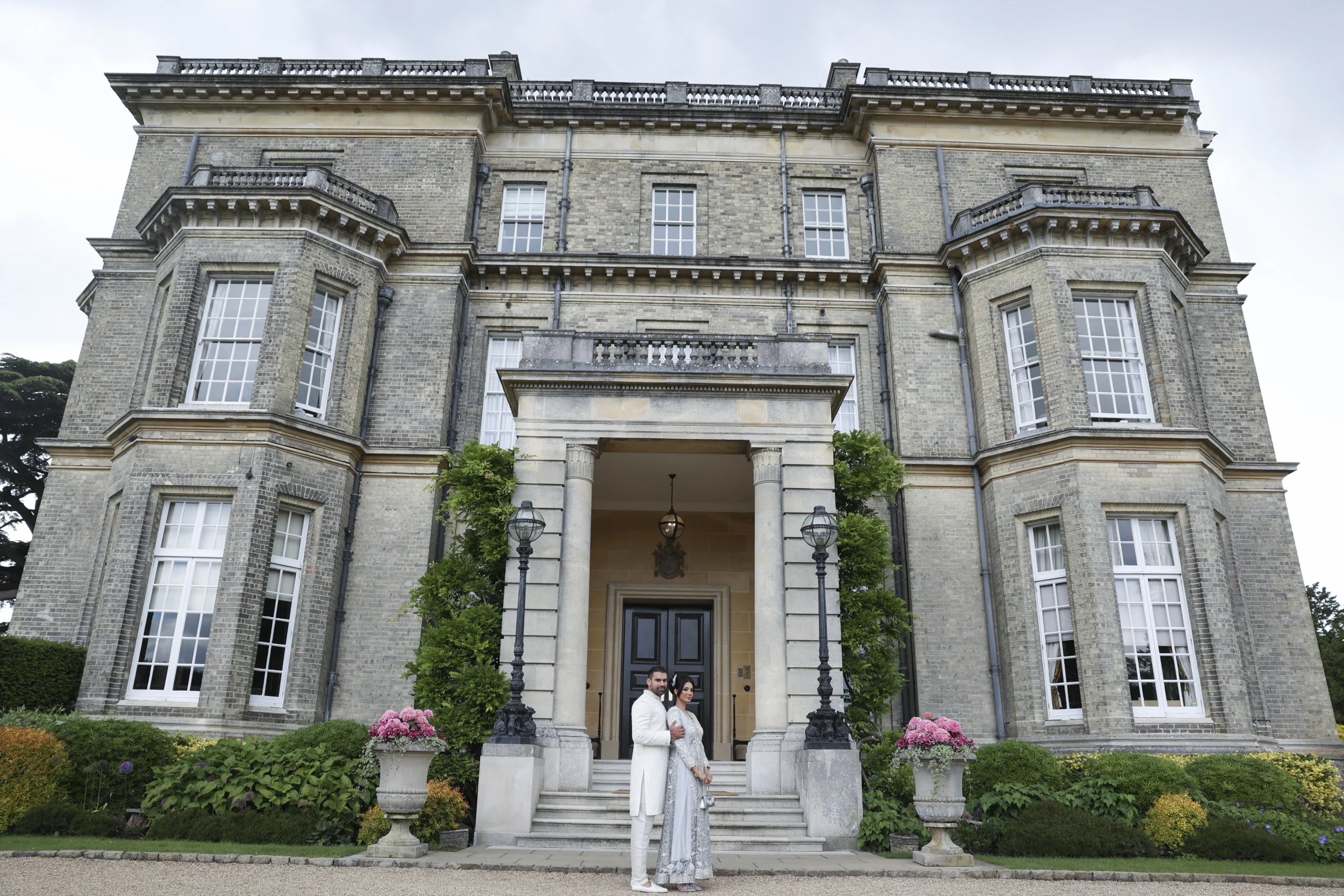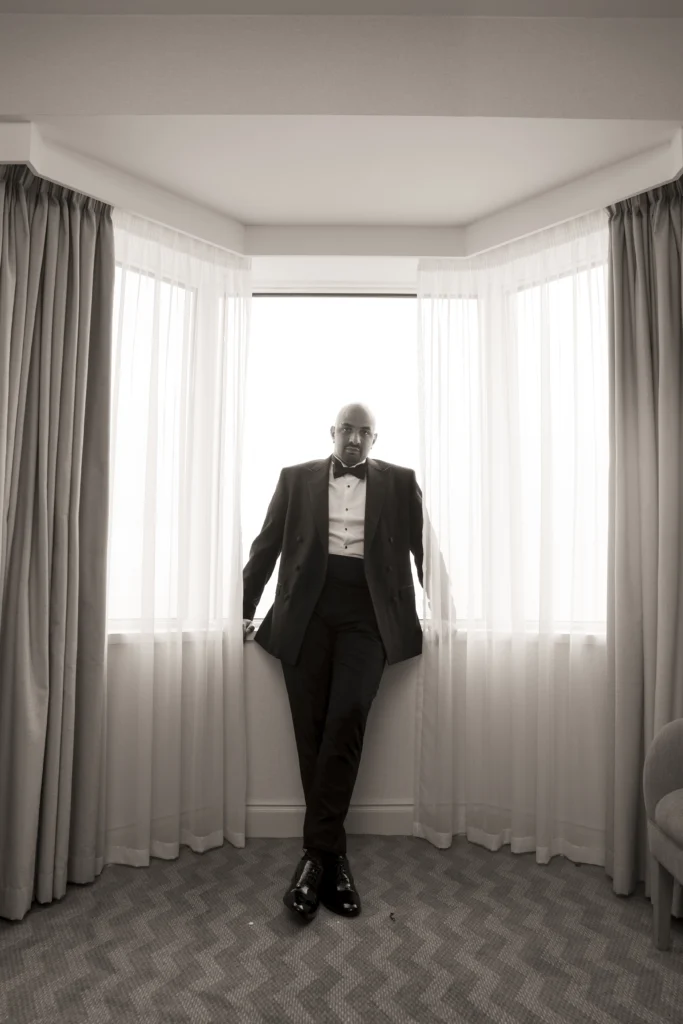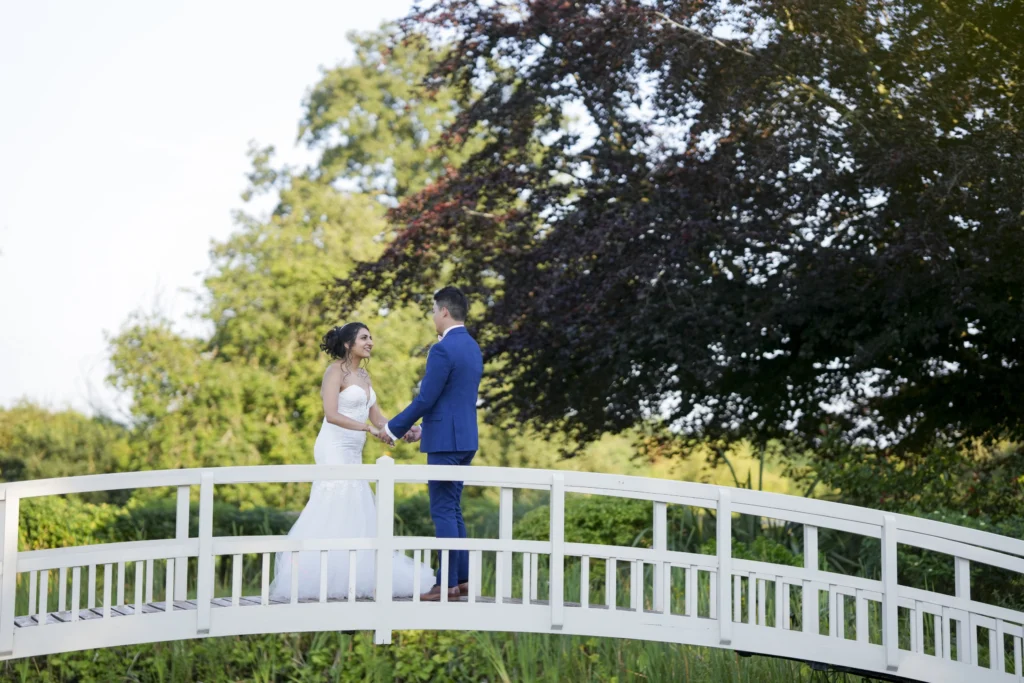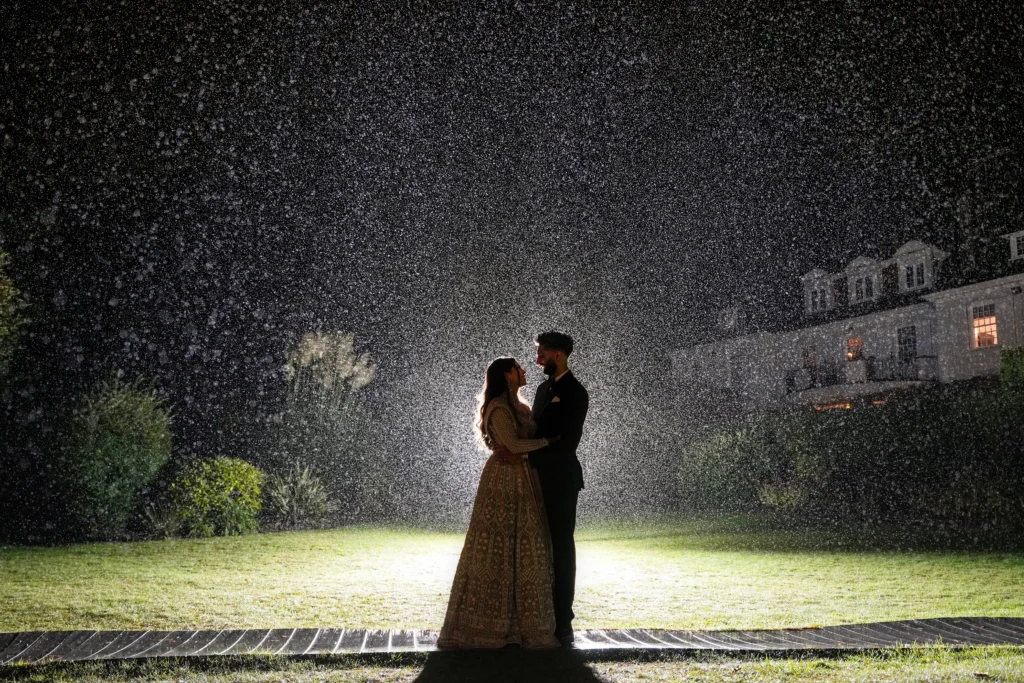
Photography is an art that gives a chance to catch the moment and emotion to present it as a visual storey. Among all the different techniques that improve the photograph, framing stands tall as one of the most powerful methods. It focuses on the subject and introduces depth and meaning to an image.
But what is framing in photography?
The Essence of Framing

In framing, photography takes elements within a scene to form a natural frame around the subject. It moves the eye inside and adds depth to the shot. Doorways and windows could be used as frame structures;
however, trees and fences also can be or even out of focus at the bottom part of the shot.
It has the power to enhance the entire effect of the image.
Why is Framing Important in Photography
Framing is more than just this simple act of placing objects in the way of the subject; it does much more to the aesthetics and storytelling. In fact, it gives the image a certain depth and presents an illusion of three-dimensionality.

Framing already makes their eyes draw towards inside the object as their heads start thinking about what really pertains to it. Meaning that also has an after-benefit, due to having frames. By taking a photograph with a shoot, one’s door opens for mystery isolation and vice-versa, depending upon the photo that the photographer of whom mood wanted to develop.
Organic farming would comprise such elements as tree branches, cliffs, caves, or mountains. This way, it creates an organic look on the picture while being highly harmonious with the surroundings.
Inorganic or artificial framing would include human-made features such as windows, arches, fences, or even architectural designs. This will put the photographer in charge, thus making them intentionally view what they are shooting.
How Framing Enhances Composition?
One of the most significant photography aspects that greatly affects the composition is framing. A subject surrounded by elements on all sides tends to have shots that come out well-balanced and harmonious.

Framing avoids any distractions that may come from the picture’s background and keeps the viewer focused on what is needed, which is according to the photographer’s wish.
It also makes sure of symmetry and the application of leading lines to make a structured photograph.
Psychological Impact of Framing
Framing in photography is not only a visual aid but is often psychologically charged because it even determines how one is going to view a picture.
A correctly framed photograph is able to evoke curiosity, nostalgia, or loneliness.
For example, framing the person through a narrow window may give a feeling of confinement, whereas an archway symbolises new beginnings.
For example:

The interpretation of the image will, to a significant extent, depend on the decision of the components within the frame.
Techniques to Achieve Successful Framing
There are several successful ways of using framing in photography. The simplest is the use of foreground objects. Incorporating these effects that allow objects to look more or less close to the camera and blur slightly will bring about a depth effect.
Layering is another method where a frame can have more than one element involved to make it even more dynamic. They can be leading lines such as roads and bridges. Fences or parts that will help guide the eyes of the viewer to the subject are also valid.

Experimenting with different angles and perspectives is often the most creative and unique frame.
Utilising Negative Space for Framing
Negative space is those empty or unoccupied areas of a photograph, it is said.
In framing, negative space allows the isolation of the subject and creates its stand-out position. Instead of using physical objects as a frame, photographers may use open spaces like the sky, water, or a blank wall.

The result of such a technique provides a minimalist look with cleanliness; it makes an image appear roomier and striking.
Examples of Framing in Everyday Photography
Framing is ubiquitous; after the photographer gets accustomed to the way of viewing it, one can see pictures everywhere. A simple window can be a fabulous frame for a portrait, while a tunnel will lead to a dramatic street scene shot.
Even such mundane objects as bookshelves, railings, or tree trunks can become wonderful frames if the view is appropriate.
Mastering how to use these factors can make an ordinary good photograph turn into a masterpiece.
Framing and Photography Storytelling
A photograph always has a storey; this is where framing comes in to provide the best narrative. The well-set frame will give context by showing the emotions or even the events in the scene, such as a child playing while framed by the legs of an adult, showing innocence and protection.
Photographing a person behind a fence will create a sense of separation or longing. If one understands how framing and storytelling go hand in hand, the photographers will take pictures that make more sense.
Challenges Using Framing
Even though this is a very powerful technique, it does pose challenges. The most significant challenge is that the frame should not overpower the subject.
This makes the frame appear more intrusive than guiding the view. There is another problem with the frame and subject as far as its balance is concerned. Elements of the frame have to be kept from being set unstilted but in a deliberate method. Then, there’s also light exposure. If framing were not there, it would have affected its lighting or exposure, which again would make either shadows or highlights.
Experiment with framing for creativity. This is very fine in photography and really versatile: no strict rules and, instead, a flexible process where every photographer can discover their way of applying this technique by themself. The ability to try other angles, distances, and different compositions may also produce unexpected, beautiful results. Of course, experimentation with light and shadows can further contribute to making an artistic view of framed pictures.
Photographers can break traditional framing rules to create unconventional and striking images. The more photographer experiments, the better they become at incorporating framing into their style.
The Role of Post-Processing in Framing
In the digital age, post-processing is one of the important aspects of photography. Framing can be improved or even refined in the editing process. Cropping can make the frame stronger, and contrast and saturation adjustments can define the framed elements. Some photographers also use vignetting, where the edges of an image are darkened to create a natural frame.
However, it is always important to use editing tools subtly, as over-processing can make the image look artificial.
Framing as a Tool for Excellent Photography
Among all the simplest and most powerful techniques in photography, framing can change an ordinary photograph into one of great excellence. Using either natural or artificial elements, depth, context, and emotion can be added to images; the psychological impact would carry framing to narrate a magnificent visual storey.
Though it takes time to master, experimenting with different framing techniques can result in incredible results.
Ultimately, framing is not just about enclosing a subject; it is about guiding the viewer’s eyes and creating a more immersive experience. Whether you are a beginner or an experienced photographer, mastering framing will undoubtedly enhance your ability to capture breathtaking images.

